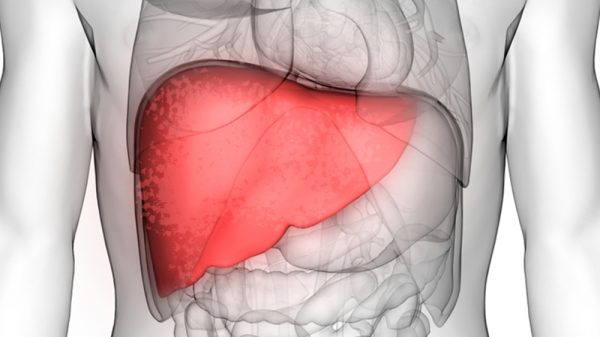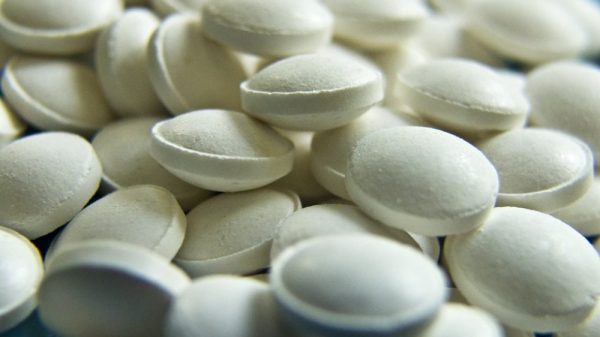There are lots of health problems and illnesses in this world. But then, there are times that we are misinformed about some of these conditions. We hear lots of things from people around us, but these are not always true. Sadly, we believe them hook, line, and sinker. One of such health problems that we have lots of misinformation about is jaundice. Some people will tell you that this condition is a common occurrence in newborn babies. But then, how much do we know about this condition? Sometimes even, we hear people use icterus and jaundice interchangeably. Is this accurate? Icterus vs Jaundice, is there any difference?
Jaundice is quite common. Some say it is only a disorder or symptoms. But some experts consider it a disease, or even an illness or a sickness. But then, people say the same thing about icterus. Not to beat about the bush, let’s put the hard question forward. Are icterus and jaundice the same? There are no differences between the two. They both refer to the same condition. We will explain all the details as you read on. But then, one thing we should let you know upfront is that Icterus is one other term for jaundice. But then, some people will say that jaundice is an illness, while icterus is only a sign (skin yellowing).
What You Should Know About Jaundice
Bilirubin is a substance that your body forms after degrading hemoglobin. What is hemoglobin? It is one of the components of red blood cells (RBCs). It’s not as simple as that. But this is quite a simple and basic way to understand what hemoglobin is.
When your body makes bilirubin, it is usually in its unconjugated form. This means that it is not soluble in water. The implication of this is that your boy would not be able to excrete the bilirubin via urine, just like the other waste products in your body.
This is where your liver plays a vital role. It helps to combine Bilirubin with a few other chemicals. This converts unconjugated bilirubin into its conjugated form. This is the water-soluble form of bilirubin.
When your liver forms conjugated bilirubin, it secretes it via your bile duct. From there, it goes into your feces and urine. Bilirubin is the reason why your feces have a typical yellow color.
Whenever there is an increased RBC degradation (Hemolysis) in your body, your liver may not be able to handle it all. Aside from that, various health conditions affecting wither your bile duct or liver can also increase the Bilirubin levels in your blood.
What happens with this excess level of Bilirubin? They will diffuse from your blood and pervade your skin, as well as mucous membranes. This causes a yellowish discoloration in your skin, eyes, and sometimes even palm. This yellowish discoloration is what we call Jaundice or icterus.
There are three main types of icterus or jaundice. This classification depends on what caused jaundice in the first place. They are as follows:
- Hemolytic jaundice – This occurs due to increased rate of hemolysis
- Hepatocellular jaundice – This occurs due to liver injury or disease
- Obstructive jaundice – This occurs due to bile duct obstruction. This prevents bile duct from being able to get out of your liver.
Icterus vs Jaundice
To clear the air again, icterus and jaundice are the same. We will explain these shortly. Let’s look at what the two words mean and how they came to be.
The word, ‘icterus’, comes from a root word in Greek, ‘icteric’. This term describes yellow skin pigmentation, as well as yellowing of your body’s mucous membrane and the white portion of your eyes.
The word, ‘jaundice’, on the other hand, comes from a root word in French. The word is ‘Jaune’. It means yellow. So then, Jaundice also refers to yellow pigmentation, just like icterus. This yellow pigmentation is usually harmless in itself. But it shows that there is a condition that underlies jaundice.
But then, jaundice (or icterus) is not the only condition that can cause yellow pigmentation. Another condition that can lead to yellow pigmentation is Carotenemia. It has the same characteristic yellow pigment as in the case of icterus. But aside from the appearance, icterus and carotenemia share no other similarity.
While carotenemia requires no medical intervention, Jaundice does. Carotenemia has to do with excessive consumption of carotene-rich foods like carrots, sweet potatoes, and squash, among many others. So managing your dies is enough to take care of the situation.
But in the case of jaundice (or icterus, as some prefer to call it), there is a buildup of bilirubin. This is what discolors the white part of your eyes, as well as your skin and mucous membrane. All of these parts turn yellow when your bilirubin levels are high.
Some people describe icterus by stating which area has yellow discoloration. If they are referring to eye discoloration, they call it scleral icterus. But if they are referring to skin discoloration, they call it dermal discoloration.
Anyways, jaundice is very common in newborn infants. It usually starts about the 2nd day of birth. This is quite normal and would typically clear out within a week or two if properly managed.
How to Treat Jaundice
Bilirubin has a simple treatment regimen. Doctors expose such babies to early rays of sunlight. It takes just fifteen minutes, and nothing more. If it’s an infant, the sunlight may be harsh on his or her skin. In these few minutes, ultra-violet B sunrays promote the production of Vitamin D, which has a positive effect on bilirubin conjugation.
Some may disagree with this. But essentially, jaundice is not an illness or a disease. It is only a sign that you have an underlying health problem. When you present to your doctor with jaundice, his primary interest would be to first find out its underlying cause.
Icterus vs Jaundice, is there any difference? There is no difference whatsoever. They both refer to the same condition. But the condition is quite different from carotenemia.























